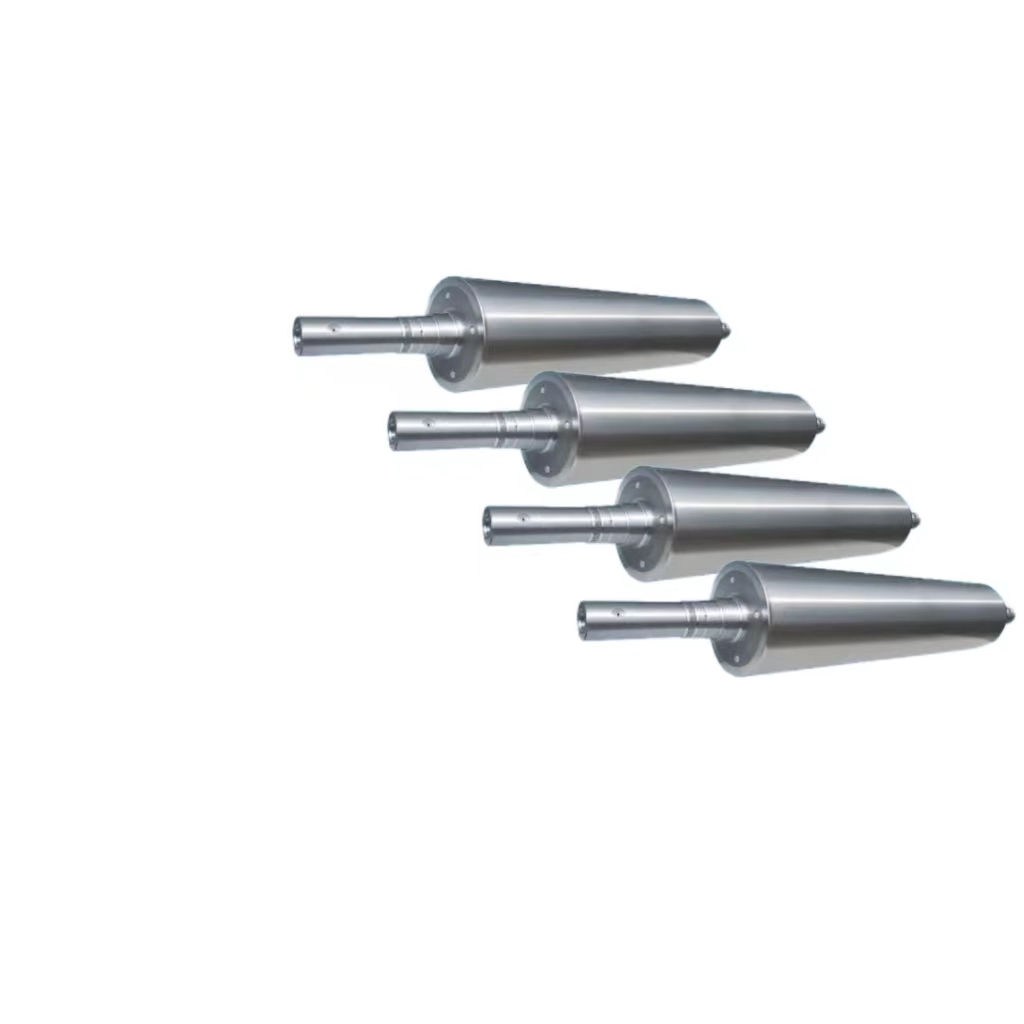Animal Feed Stuff Machinery Roller
Advantages of feed rolls in animal feed processing
- Roll Size - customized diameter and width by customers in different designs including smooth, corrugated, and fluted rolls.
- Roll Materials - Feed rolls are typically made of hardened steel or chrome alloy for durability against abrasion and impacts.
- Balance - Rolls are dynamically balanced to avoid vibration issues at high speeds above 1000 rpm.
- Roll Gap - The small clearance between the rolls determines particle size based on ingredient type.
- Hardness - Feed rolls are made from hardened steel or chrome alloys that resist abrasion and deformation. Hardness levels range from 50-65 HRC.
Main technical parameters
| Main technical parameters of the grinding roller | ||||
|
Diameter of Roll Body |
Length of Roll Surface |
Hardness of Roll Body |
Thickness of alloy layer(mm) |
|
|
120-500mm |
480-2100mm |
HS66-78 |
10-30mm |
|
Product photos





production


Write your message here and send it to us



